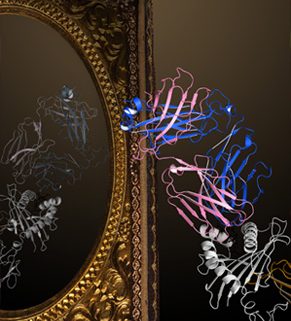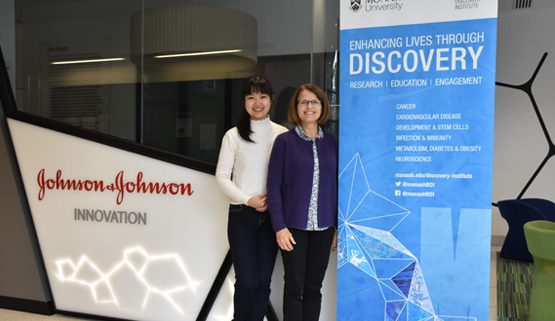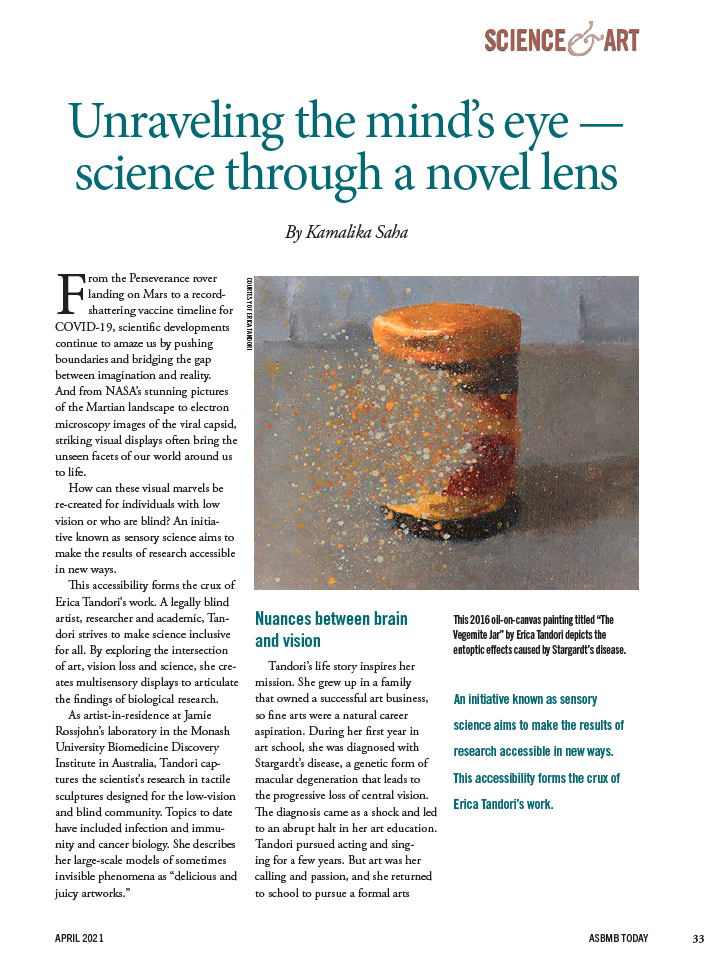Congrats Wael on your ARC DECRA
Congratulations to Monash Biomedicine Discovery Institute researcher Dr Wael Awad who is one of 15 Monash researchers recognised with Discovery Early Career Researcher Awards (DECRA) from the Australian Research Council (ARC).
Dr Awad’s (Le Nours Lab) project aims to undertake discovery research to investigate the roles of metabolites in T cell immunity. This project expects to generate new knowledge in the areas of cellular biology and immunology by using cutting-edge molecular and immunological approaches. This will provide fundamental insights into the mechanisms that govern microbial metabolite-based T cell immunity, which may advise future research into vaccines or therapeutics.
In addition to knowledge gains, Dr Awad’s expected project outcomes include developing innovative methodology and building international collaborations to enhance national research capabilities. This will place Australia at the forefront of conceptually innovative discovery in the life sciences.
More than $6.25 million has been awarded to the 15 Monash researchers under the DECRA scheme, which provides focused research support for early career researchers in both teaching and research, and research-only positions.
Deputy Vice-Chancellor (Research) and Senior Vice-President Professor Rebekah Brown said: “This is great recognition of the excellent research these researchers are doing so early in their careers.”
“This investment allows them to build their career pathway and grow the impact of their research. The diverse range of projects across disciplines and faculties – and the real-world impact of these projects – shows that the future is bright for research at Monash.”
Read about each of the 15 Monash researchers who have been recognised with DECRAs from ARC.
A total of $83 million was distributed in the 2021 round. Read the full details on the ARC website.








